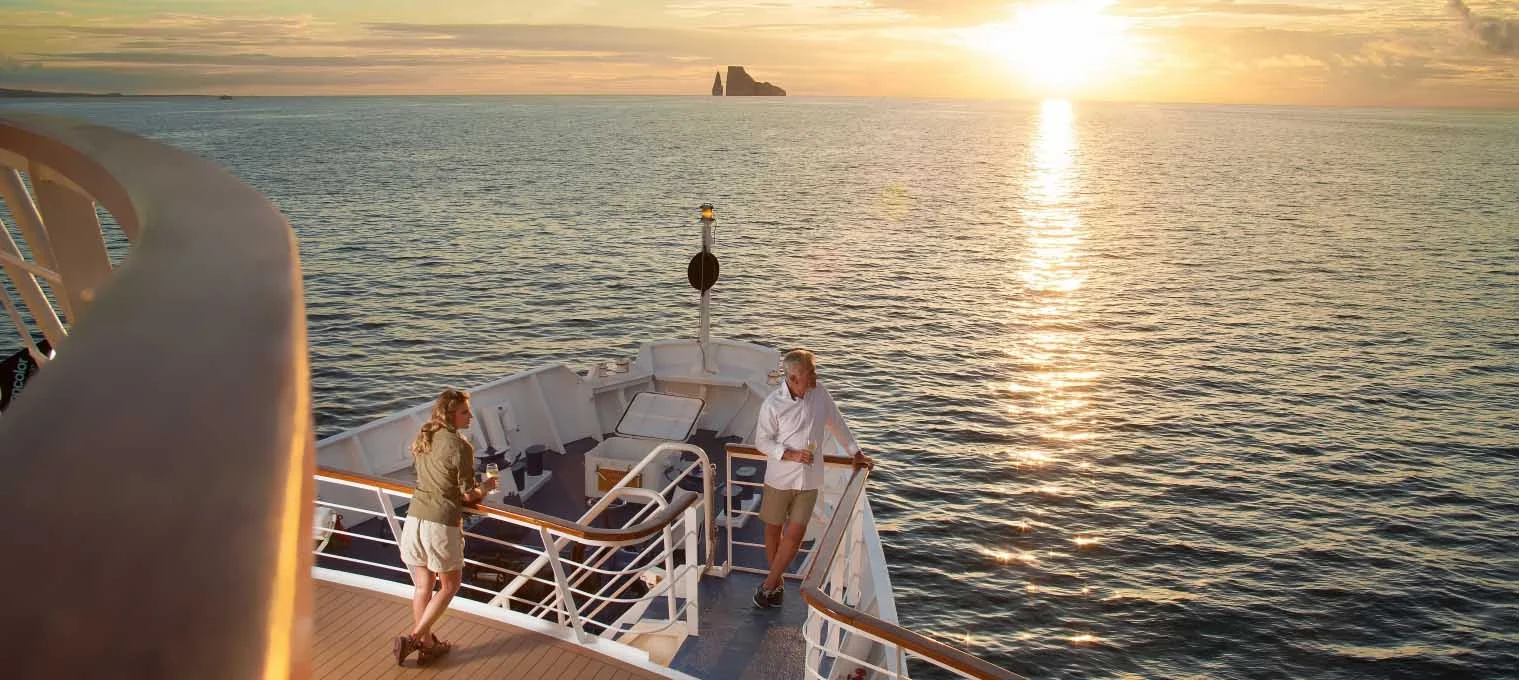
From the Amazon to the Galapagos: 9 Reasons to Visit Ecuador in 2025 | Travel News
Ecuador sits along South America’s western edge between Colombia and Peru and is famous for the Galapagos Islands. Yet, its mainland is equally enticing, offering rich biodiversity, a vibrant culinary scene, and historic cities filled with centuries-old cathedrals and cobblestone streets. Visitors are encouraged to explore not only the natural wonders like volcanoes and the Amazon rainforest but also to savor the local cuisine.
Galapagos Islands
About 1,000 kilometers from the mainland, the Galapagos archipelago is made up of 13 larger islands and over 100 smaller, uninhabited ones. As Santiago Granda, Ecuador’s undersecretary for promotion, points out, roughly 75% of U.S. tourists head to the islands to experience their unique flora and fauna. Home to 45 species of birds, 42 reptiles, 15 mammals, and 79 types of fish—all found nowhere else—the islands also boast over 500 endemic plant species. Notably, Charles Darwin’s 1835 visit here was pivotal to his Theory of Evolution, and the islands have been a national park since 1959, with strict limits on tourist activities.
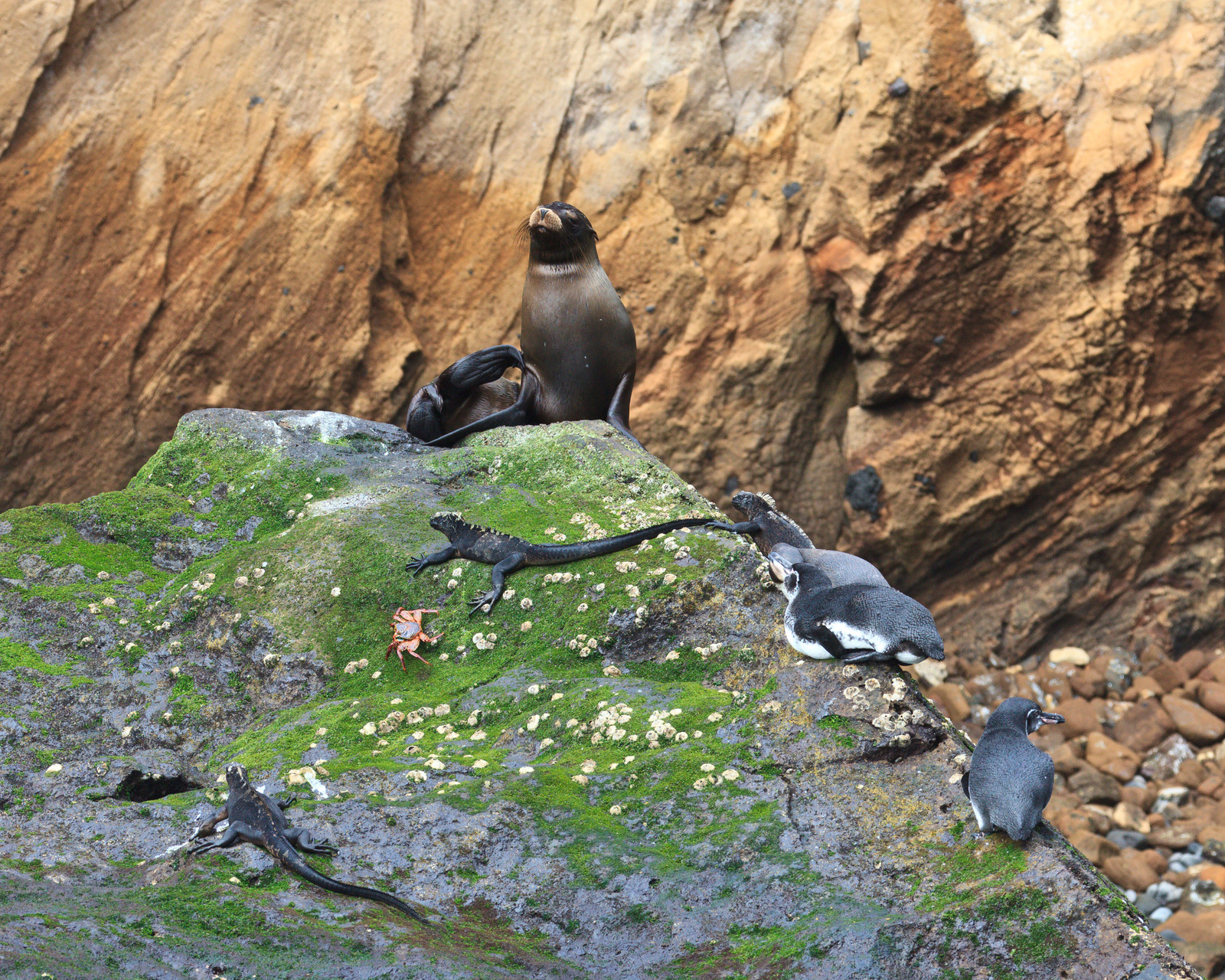
UNESCO World Heritage Sites
Ecuador is proud to host five UNESCO World Heritage Sites. In the north, Quito’s historic center features colonial-era buildings from the 16th and 17th centuries, while Cuenca in the south is a medieval walled city. The Galapagos Islands and Sangay National Park also enjoy UNESCO recognition, as does the Qhapaq Ñan, an extensive Incan road system that winds through the Andean highlands.
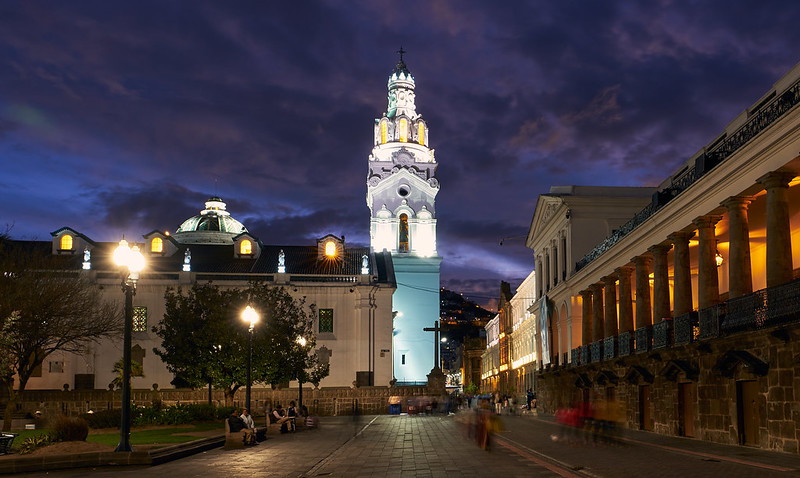
Active Volcanoes
According to the Smithsonian Institution, Ecuador has 36 volcanoes, including composites, shields, clusters, and calderas. While not all are active, prominent volcanoes such as Cotopaxi and Sangay are protected within national parks, and recent activity has been observed at Fernandina and Reventador.
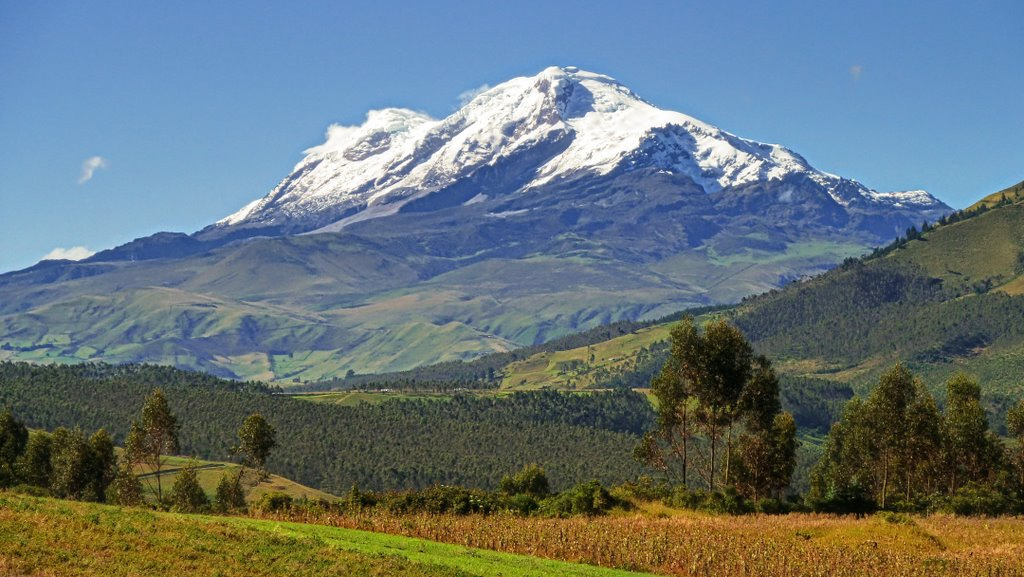
The Amazon Region
Ecuador’s portion of the Amazon offers eco-lodges and guided tours, giving visitors a chance to explore its extraordinary plant and animal life. Yasuni National Park, a protected area in the Amazon, is complemented by accommodations and dining along the Napo River, a tributary of the Amazon River.
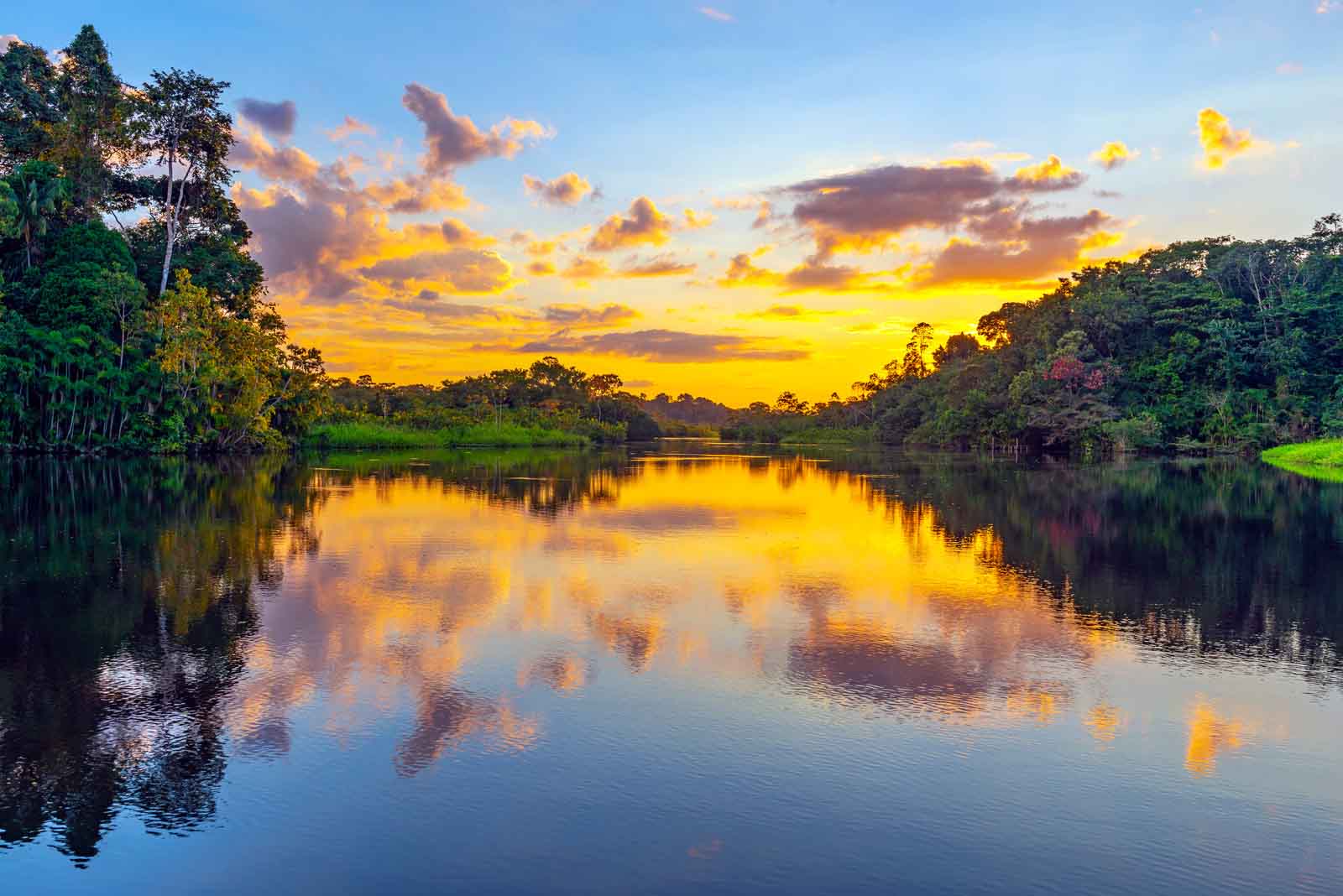
National Parks Beyond the Galapagos
In addition to the Galapagos National Park and Marine Reserve, Ecuador features several other notable parks. Cotopaxi National Park protects one of the highest active volcanoes in the world, and Sangay National Park is home to the active Sangay volcano. Yasuni National Park, located deep in the Amazon, is the largest in the country, while El Cajas National Park in the south, near Cuenca, is renowned for its clear glacial lakes.
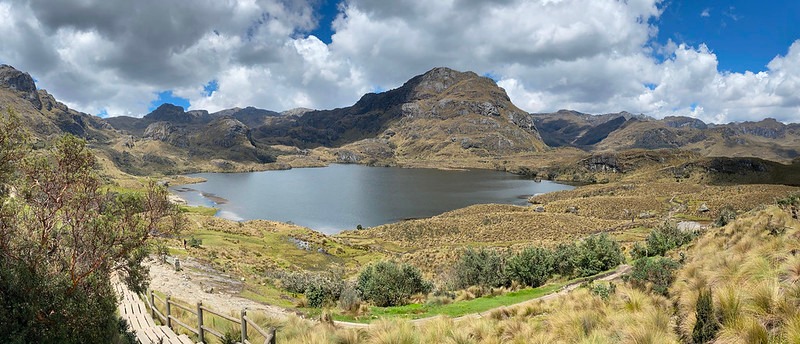
Culinary Delights
Ecuadorian food is as diverse as its landscapes. Known as the birthplace of cacao, the country also offers fresh tuna and seabass from its coastal waters and benefits from a climate ideal for growing a wide range of produce. Traditional dishes include locro de papa (a hearty potato and cheese soup), fried llapingachos, and espumilla—a light meringue dessert made from guava pulp, egg whites, and sugar. Arepas and empanadas are also common treats.
Consistent Climate
Named after the equator that runs across it, Ecuador enjoys a consistent climate year-round with roughly 12 hours of sunlight every day. Temperatures are generally mild in populated areas, with snow appearing only on the peaks of volcanoes above 15,000 feet.
Currency and Travel Convenience
Ecuador uses the U.S. dollar, which simplifies travel for American visitors. Tipping is customary for services such as drivers, tour guides, and restaurant staff, so it’s wise to carry small bills.
Time Zone and Flight Options
Most of Ecuador is in the GMT-5 time zone, matching North America’s Eastern Time Zone, while the Galapagos Islands operate on GMT-6, similar to Central Time. The country does not observe daylight saving time, and many U.S. flights arrive in the evening.
Travelers can fly nonstop into Quito, the capital and a UNESCO World Heritage Site, or into Guayaquil, a common departure point for trips to the Galapagos. Major hubs like Miami, Atlanta, and Houston offer direct flights to Ecuador.

